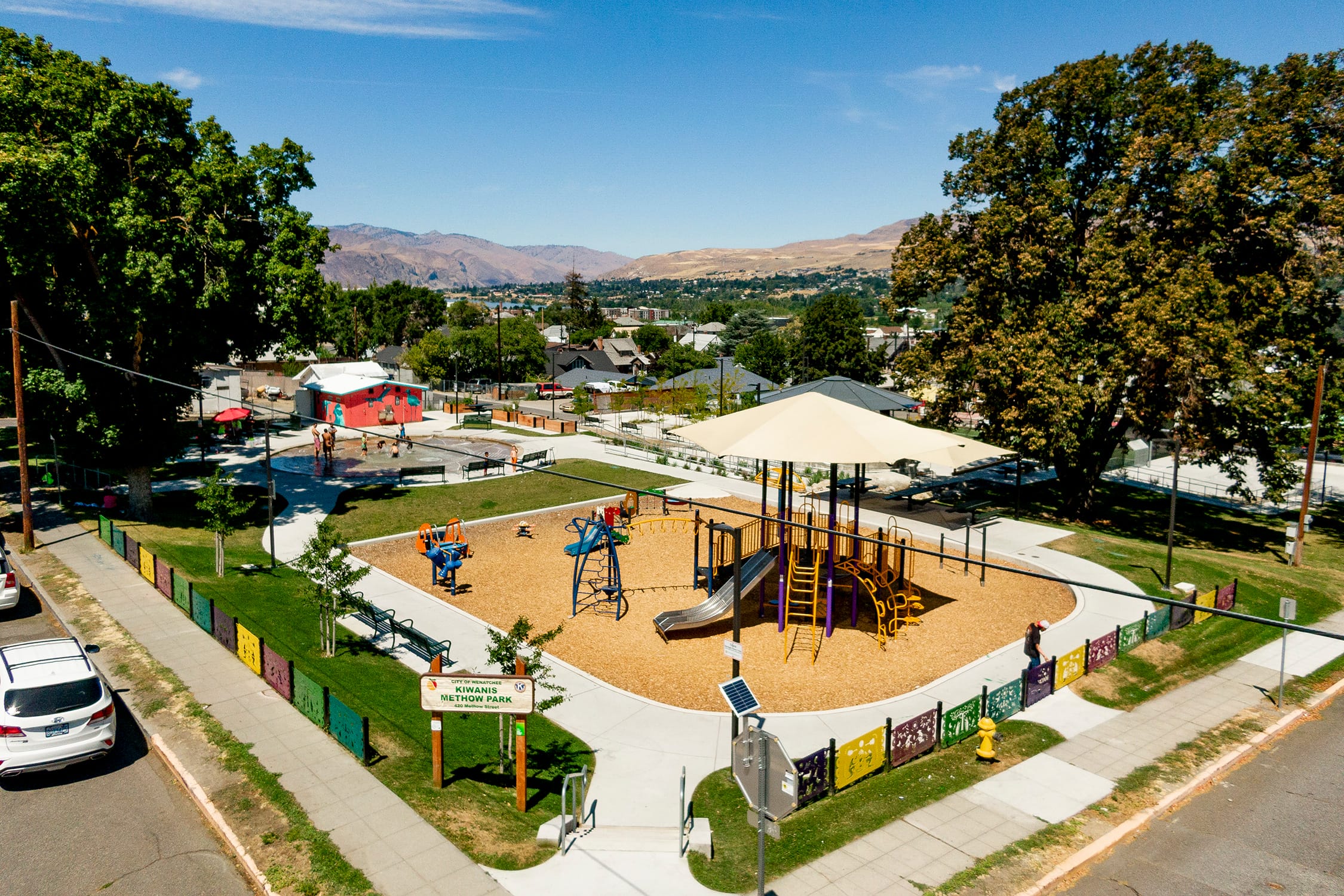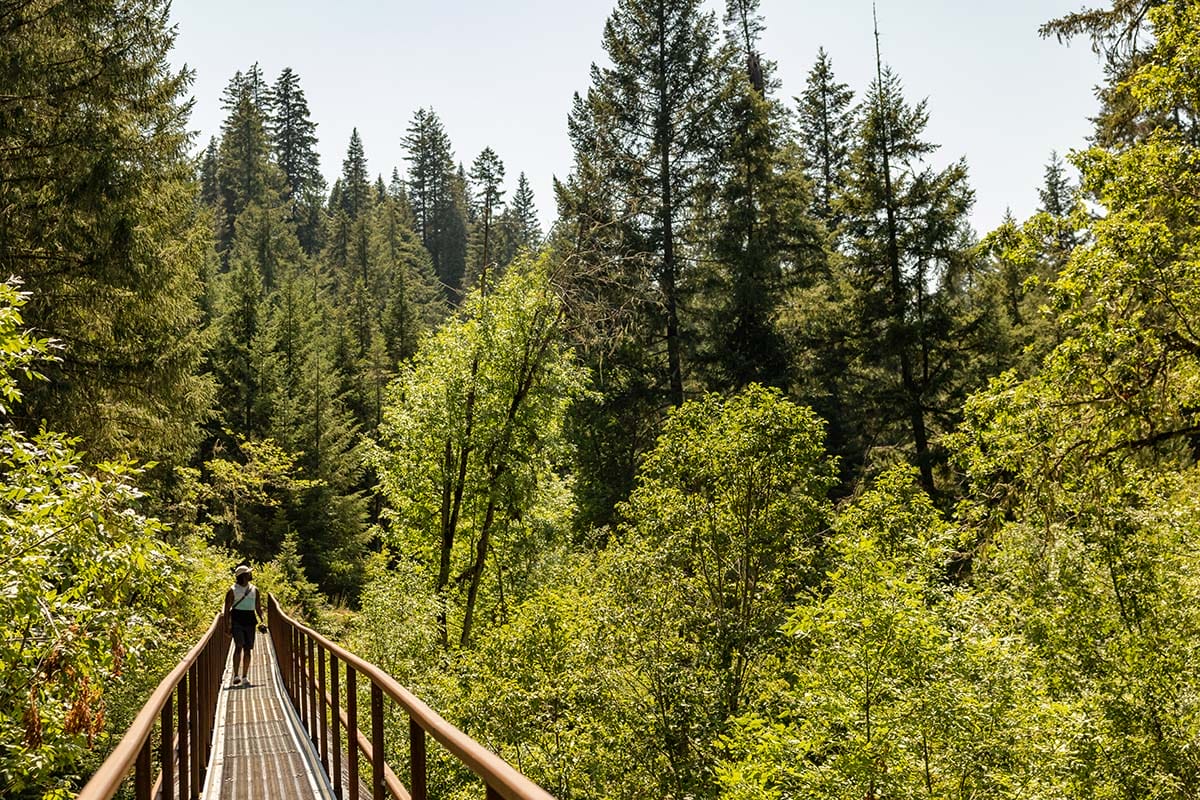
Woodworkers help carve a future for forests in Hawaii
Woodworkers help carve a future for forests in Hawaii
Kou trees once grew abundantly in the sunny lowlands across the Hawaiian Islands. Its broad leaves cast cooling shade over coastal villages, and its seeds were a source of food. But it was the kou’s heartwood—light but strong, easy to carve, resistant to rot, with a fine caramel and reddish brown grain—that made it a particularly valuable tree for woodworkers, who used stone adzes to carve graceful, durable bowls and platters, or umeke.
“In days of our forefathers, craftsmen would trade the umeke they made for staples like kalo (taro root), fish, or help in their fields. It was a gift and barter society, based on a balanced equation of giving as you’re able and receiving your due,” says Alani Apio, a woodworker who turns umeke on Oahu. “Nothing belonged to us—the lands, waters, and everything in it, it was always a gift from the gods.”
 “Nothing belonged to us intrinsically,” says woodworker Alani Apio of his ancestors. “The lands, waters, and everything in it, it was always a gift from the gods.”Photo credit: Sean Davey
“Nothing belonged to us intrinsically,” says woodworker Alani Apio of his ancestors. “The lands, waters, and everything in it, it was always a gift from the gods.”Photo credit: Sean Davey
When Europeans arrived in the islands, says Apio, they chipped away at the traditional mores and values, and profited from the island’s forests and fields. Plantation workers cut down stands of kou, milo, kamani, and koa, and planted endless rows of pineapple and sugarcane. The gift and barter economy gave way to one based on extraction and profit.
“Everything became commodified, even the trees,” says Apio. “It’s harder, nowadays, to make that equation work.” Still, he’s part of a community of Native Hawaiians who are reviving and carrying forward the culture of their ancestors.
Apio and his father learned to make umeke after they received three hand-carved wood bowls from his great-grandmother. Historically, the vessels were precious heirlooms, handed down through generations, so valuable that some even had their own chants and bore names of loved ones. “But we had no knowledge of who made them, when, or how,” he says. “It was my dad’s idea to learn how to recreate these umeke.”
 It was a few years before Alani Apio and his father learned to turn umeke they could sell to art collectors. “We were self-taught,” he says, “and not in a good way. We were pretty cowboy about it, breaking tools, and learning as we went.”Photo credit: Alani Apio
It was a few years before Alani Apio and his father learned to turn umeke they could sell to art collectors. “We were self-taught,” he says, “and not in a good way. We were pretty cowboy about it, breaking tools, and learning as we went.”Photo credit: Alani Apio
Apio, who learned his way around a chainsaw during a forestry job in college, at first just helped his dad find and harvest the wood. But he soon fell in love with the craft, the functional beauty of the pieces he and his father could create, and its connection to traditional Hawaiian culture and history. Eventually, he forged a career as a full-time woodworker.
 To keep himself on the right side of the equation, Apio donates umeke to Native Hawaiians for cultural practices. He teaches his craft when asked. And he gathers seeds of native trees, germinates them, and replants them where they’ll thrive.Photo credit: Alani Apio, woodturner.org
To keep himself on the right side of the equation, Apio donates umeke to Native Hawaiians for cultural practices. He teaches his craft when asked. And he gathers seeds of native trees, germinates them, and replants them where they’ll thrive.Photo credit: Alani Apio, woodturner.org
But sourcing the wood he needed to make authentic umeke was a constant challenge. These days kou is found incidentally, around the margins of subdivisions or where it’s been planted for landscaping. “We put out word in our networks that we were looking for wood from native trees like kou, milo, and kamani. Over the years we came across different supplies of local native woods, that we were able to turn into umeke, sell, and keep going,” he says.
“One thing was always clear to us: we were lucky to be able to do that, because most Hawaiians interested in doing similar things did not have access to native woods like we did.”
Sourcing materials for his craft was just part of what Apio called a “fundamental challenge: how do I honor my cultural heritage and pass along knowledge and actual items that are of use, in the context of a capitalist system? How do I make sure this work doesn’t turn into just another moneymaking exercise?”
To keep himself on the right side of the equation, Apio donates umeke to Native Hawaiians for cultural practices. He teaches his craft when asked. And he gathers seeds of native trees, germinates them, and replants them where they’ll thrive.
 The Trust for Public Land works with local communities, Native Hawaiian cultural practitioners, and public agencies to conserve former plantation lands, whether as farmland for local food, or to protect and restore healthy forests.Photo credit: Shaun Ellis
The Trust for Public Land works with local communities, Native Hawaiian cultural practitioners, and public agencies to conserve former plantation lands, whether as farmland for local food, or to protect and restore healthy forests.Photo credit: Shaun Ellis
In this way, Apio is also part of a growing movement to restore native forests across the Hawaiian Islands. Pineapple and sugarcane plantations are less profitable now, and vast tracts of land on Oahu have come up for sale in recent years. The Trust for Public Land works with local communities, Native Hawaiian cultural practitioners, and public agencies to conserve former plantation lands, whether as farmland for local food, or to protect and restore healthy forests.
In October, we helped create the new Helemano Wilderness Recreation Area. We purchased a 2,900-acre overgrown pineapple plantation in central Oahu and transferred it to the Hawaii Department of Land and Natural Resources. Now protected forever and open to the public, Helemano will ensure clean drinking water for nearby communities, provide habitat for threatened animals like the Hawaiian hoary bat, and secure public access to the Poamoho Trail, a popular entryway to some of the most spectacular hiking spots on Oahu.
 Now protected forever and open to the public, Helemano Wilderness Recreation Area will ensure clean drinking water for nearby communities, provide habitat for threatened animals like the Hawaiian hoary bat, and secure public access to the Poamoho Trail.Photo credit: Hawaii Department of Land and Natural Resources
Now protected forever and open to the public, Helemano Wilderness Recreation Area will ensure clean drinking water for nearby communities, provide habitat for threatened animals like the Hawaiian hoary bat, and secure public access to the Poamoho Trail.Photo credit: Hawaii Department of Land and Natural Resources
And the state plans to reforest the former plantation. Today, it’s an overgrown thicket of fallow land, but state forestry officials say it can become a sustainable supply of timber for woodworkers like the Apios. It will take decades to revive the forests that grew here before the plantation era, and doing it right will require group oversight and “hard, probing questions about how to use and manage these resources,” Apio says.
But restoring the forest is an important a step in the right direction, says Apio—a way to start to rebalance the old equations of gifting what you have, only taking what you need, and giving back more than you receive.
This raw, beautiful landscape in Southern California is home to Indigenous heritage sites, and it provides critical habitat for threatened and endangered species. Urge the administration to safeguard this extraordinary landscape today!


Donate to become a member, and you’ll receive a subscription to Land&People magazine, our biannual publication featuring exclusive, inspiring stories about our work connecting everyone to the outdoors.
See how our supporters are helping us connect people to the outdoors across the country.








